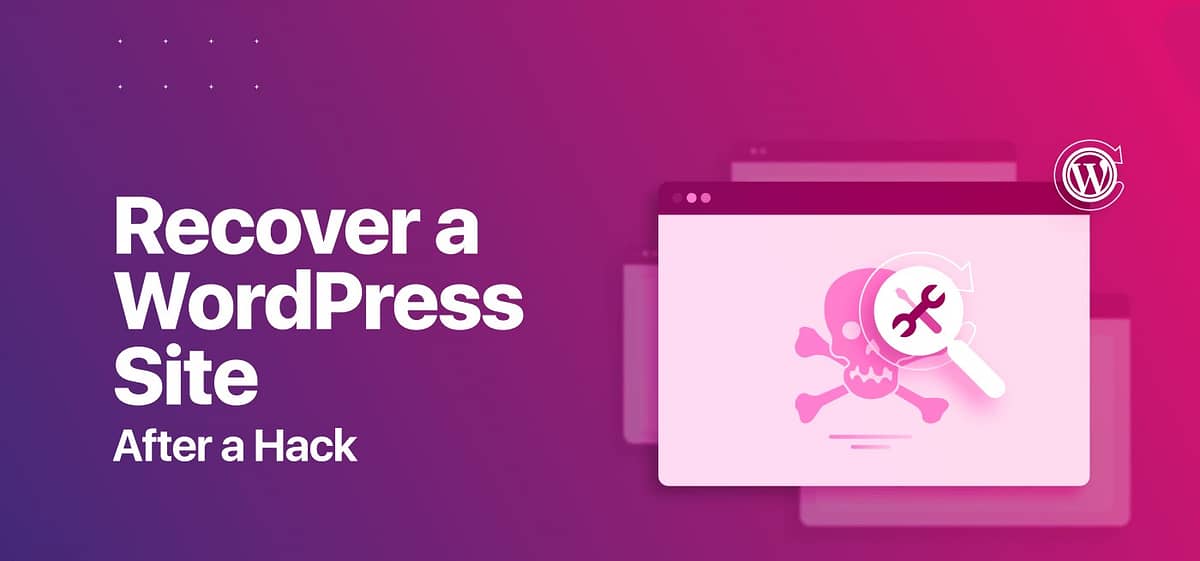- 24X7 WordPress Maintenance and Support Services Company
- +1-917-300-0312
- support@wpofficialsupport.com
WordPress Hacked Website Recovery Solutions Guide

Discovering that your WordPress website has been hacked can be distressing, but it’s crucial to take immediate action to recover and secure your site. Here’s a step-by-step guide to help you recover a hacked WordPress website:
1. Take Your Website Offline: As soon as you realize your site has been hacked, take it offline to prevent further damage and potential spreading of malware. You can do this by putting up a maintenance mode page or temporarily disabling your site.
2. Change All Passwords: Change all your passwords immediately, including those for your WordPress admin, hosting account, FTP, and any other services associated with your website.
3. Scan Your Computer: Scan your own computer for malware using reputable antivirus software. Sometimes, hackers gain access through compromised devices.
4. Identify the Hack: Identify the type of hack that occurred. Check for any defaced pages, malicious code injections, unauthorized user accounts, or suspicious files.
5. Restore from Backup: If you have recent backups of your website, restore it to a clean version from before the hack. This is often the most effective way to get rid of malicious code.
6. Update WordPress and Plugins: Ensure your WordPress core, themes, and plugins are up to date. Outdated software can have vulnerabilities that hackers exploit.
7. Remove Malicious Code: Manually remove any suspicious files or code injected by the hacker. Focus on files in your theme, plugins, and the root directory. Be cautious not to remove important files.
8. Review User Accounts: Check the list of users in your WordPress admin. Delete any unauthorized accounts and change passwords for legitimate users.
9. Security Plugins: Install reputable security plugins like Wordfence, Sucuri, or iThemes Security. These plugins can help identify and prevent future security breaches.
10. Harden Security: Implement security measures such as:
- Using strong and unique passwords.
- Disabling file editing in the WordPress admin.
- Limiting login attempts.
- Enabling two-factor authentication.
11. Scan for Malware: Run a malware scan on your website using security plugins or online tools to ensure all malicious code has been removed.
12. Monitor Regularly: Regularly monitor your website for any unusual activity, updates, or signs of hacking. Quick detection can prevent future hacks.
13. Request Review from Google: If your site was flagged as malicious by search engines, request a review once you’ve removed the malware. This will help remove any warnings and restore your site’s reputation.
14. Learn and Prevent: Understand how the hack happened to prevent future breaches. Stay informed about security best practices and keep your site updated.
15. Consider Professional Help: If the hack is complex or beyond your expertise, consider hiring a professional specializing in WordPress security to assist with recovery and security improvements.
Recovering from a hack can be challenging, but taking swift and thorough action is crucial. Remember to keep your website and all associated services regularly updated and follow security best practices to minimize the risk of future hacks.
